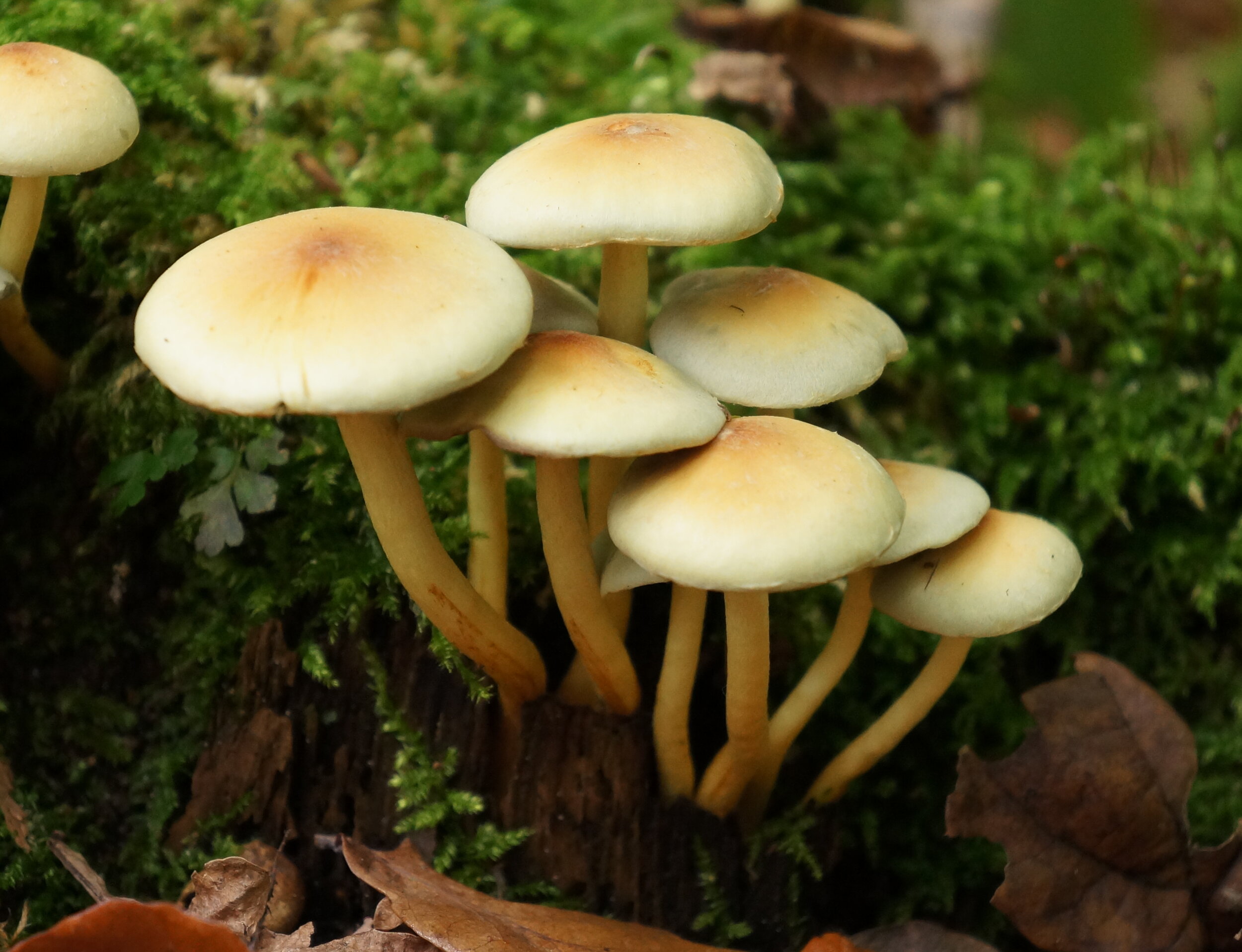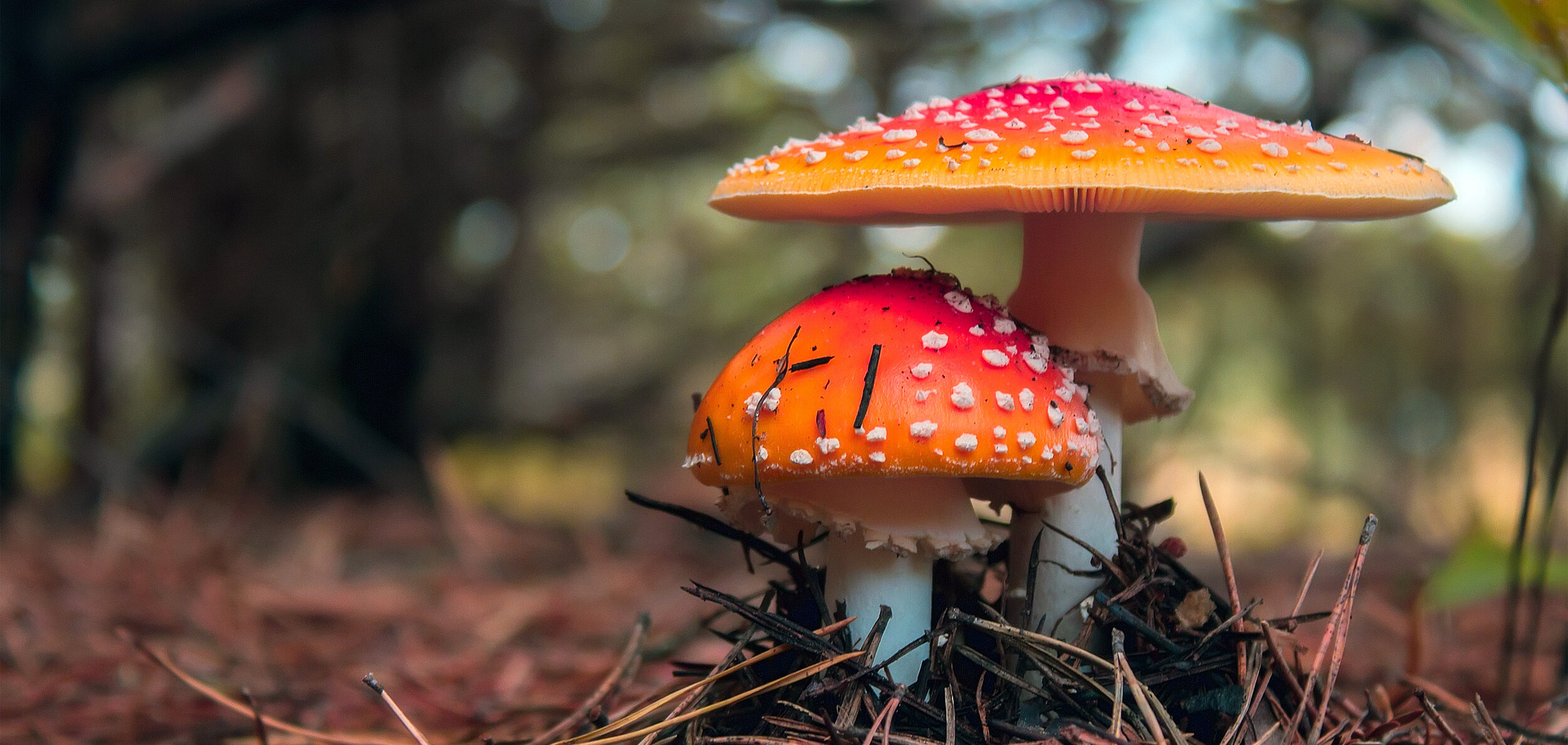
POISONING
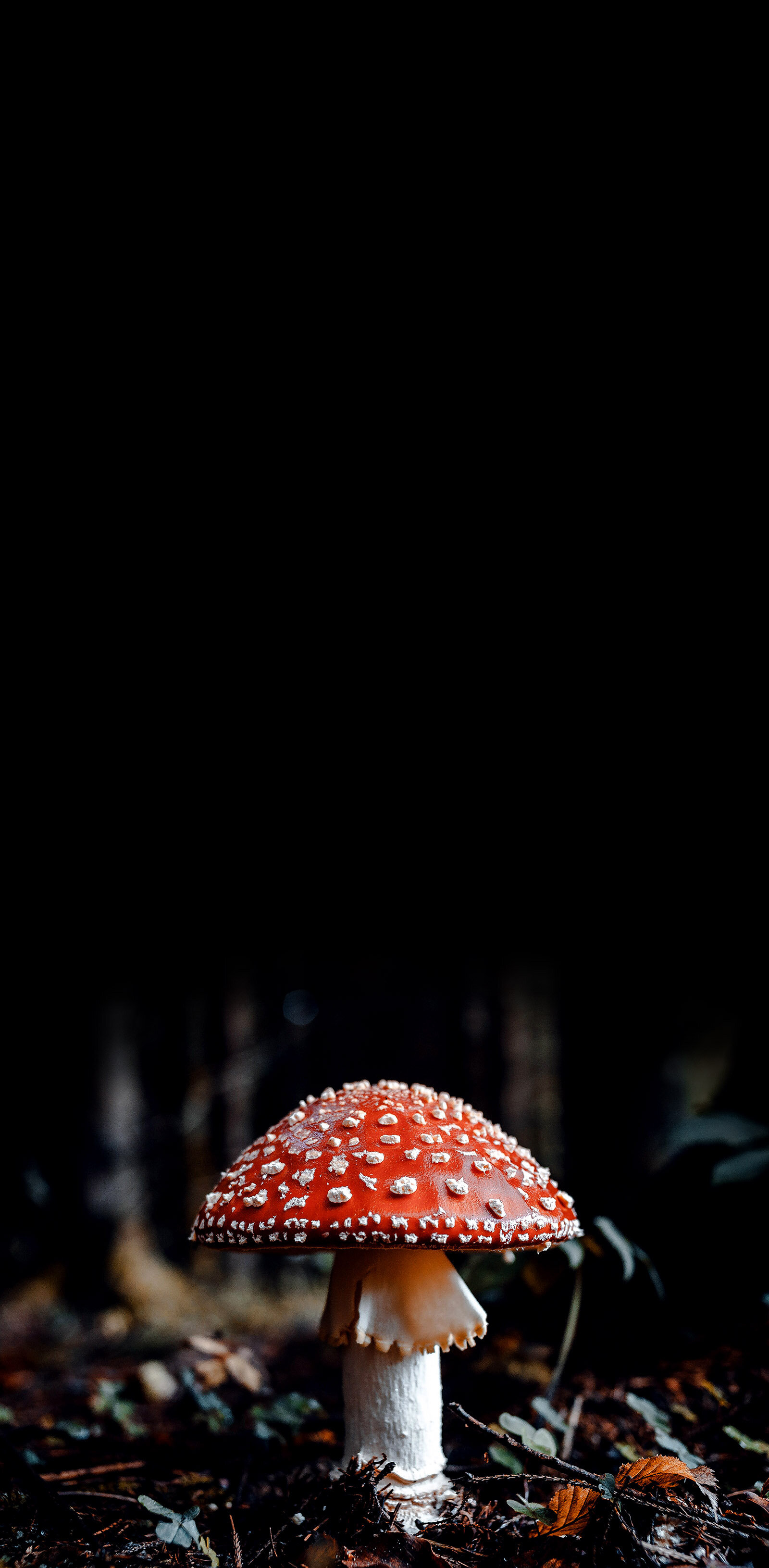
POISONOUS MUSHROOMS IN URBAN AREAS
Edible mushrooms can be confused with poisonous mushrooms. To avoid getting sick, follow this simple rule: Know the identity of the mushroom you intend to eat. You may be told: “An edible mushroom peels and does not blacken a spoon,” or “Mushrooms nibbled by animals are safe.” These and other rules of thumb are worthless. Eat only mushrooms you know are edible. If you break this rule and eat a poisonous mushroom, you could--depending on the poisonous mushroom--have a range of reactions including: death, damage to vital organs, nervous system malfunctions, hallucinations, and mild to severe digestive upset.
The vast majority of accidental wild mushroom ingestions involve young children usually below the age of six. Generally, the mushrooms are identified as little brown mushrooms (LBMs) found in the lawns. Only a few ingestions are associated with symptoms, which are almost always of minor significance. However, mushroom poisoning can have more severe consequences for children than healthy adults.
In adults, mushroom poisonings are generally a minor, but oftentimes an unpleasant experience. The old and chronically ill are affected more seriously. The most common poisonings are caused by mushrooms containing "gastrointestinal irritants" such as the Vomiter, (Chlorophylum molybdites) a stately white mushroom, and Yellow Foot Agaricus (Agaricus xanthodermus) similar to the supermarket button but with a yellow stain at the base of the stem. The symptoms of nausea, vomiting, and diarrhea appear one half ‑ two hours after eating and last for 12‑24 hours followed by complete recovery. Several other city mushrooms may cause these symptoms but less commonly. A type of poisoning, unique but uncommon, occurs shortly after drinking alcohol by a person who has eaten the Inky Cap, also known as Tippler's Bane (Coprinus atramentaria) within the previous five days. Coprine is the toxin in the mushroom responsible for the antabuse‑like effect. The symptoms, including flushing, tingling, nausea, and vomiting and a metallic taste, resolve within 3‑6 hours without lasting effect. Another characteristic and infrequent, city mushroom poisoning occurs after eating the Sweater (Clitocybe dealbata). This mushroom, containing the toxin, muscarine, causes, promptly after eating, excessive perspiration, salivation, tearing and visual disturbances for a few hours. The Sweater frequently grows on lawns together with the choice edible Fairy Ring Mushroom (Marasmius oreades). The poisoning usually occurs after a meal of what the victim believed was the Fairy Ring Mushroom but accidentally included the Sweater. Another uncommon city mushroom, the Corn Silk Inocybe (Inocybe fastigata), smells like green corn, also contains muscarine and causes the same poisoning. Generally the treatment of mushroom poisoning is symptomatic. The one exception is atropine, the specific antidote for muscarine poisoning. Keep in mind that mushrooms are foods and, as with all foods, untoward reactions or poisonings may occur due to allergy, overeating, food poisoning (rotten mushrooms) and contamination with pesticides and other environmental pollutants. Do not eat any wild mushroom if you do not want to risk getting an upset stomach, vomiting, or diarrhea. Several edible mushrooms are known to have a laxative effect in a few people. Deadly poisonous mushrooms are more likely, but not always, found in parks and forests outside of cities. See the "Resources" page of this website for books and other resources relating to the diagnosis and treatment of mushroom poisoning.
SPRAYS AND CONTAMINANTS ON URBAN MUSHROOMS
Are dangerous pesticides, fungicides, or other urban toxins found in mushrooms that grow in lawns and gardens? The answer to this question, you must address 1) chemicals currently sprayed on lawns and gardens and 2) contaminants that might be in the soil from historical dumping or that might have accumulated over time. If you’re concerned about fungicides, herbicides, and pesticides, you need to find out what’s used in your area. The types and quantities of chemical sprays applied to public and private lawns and gardens vary. To find out what’s used, ask the owner of the property, whether it’s a private party or the city parks and recreation department. (Even then, it is unlikely you will know for sure because sprays drift from one area to another.) If fungicides are applied, you probably won’t find any mushrooms. So the issue is likely moot. Pesticides or herbicides, like derivatives of 2,4-Dicholorophenozyactic (2,4-D), appear to kill some mushroom species, but not necessarily all of them. Paul Stamets, author of The Mushroom Cultivator, suspects that an herbicide like 2,4-D would “wreak havoc” on the mushroom life cycle, but there is no definitive scientific proof of this. In any case, there is a chance that pesticide and herbicide residues may remain on mushrooms in lawns and gardens. Parks department officials say the volatile sprays, applied according to guidelines set by health officials, do not pose a health threat. Yet some people remain concerned about the residues and try to avoid eating mushrooms from sprayed lawns. Another concern for the urban mushroom hunter--and for back yard vegetable gardeners--is contaminated soils. It is clear that mushrooms absorb and concentrate heavy metals, including lead and radioactive elements. (This is why mushroom hunting was banned in parts of Northern Europe after the Chernobyl disaster.) As a result, city foragers should avoid eating mushrooms growing from sites where heavy metals have been dumped. This would include areas that were subjected to industrial use in the past Because mushrooms absorb lead, city foragers should probably avoid eating mushrooms growing next to heavily traveled roads. These areas might have high concentrations of lead from auto emissions prior to the development of lead-free gasoline. (Areas that could be contaminated with lead paint are also of concern.) However, because no scientific studies have been conducted, no definitive statement can be made about the degree of danger from eating mushrooms from these types of sites. A few years ago, Stamets had some urban mushrooms analyzed, and it turned out that they had one-fifth the concentration of lead that is allowed for fish, which are known to concentrate environmental contaminates in water. Stamets says that, overall, the issue of concentration of lead in urban fungi is a “concern that’s not been fully addressed.”
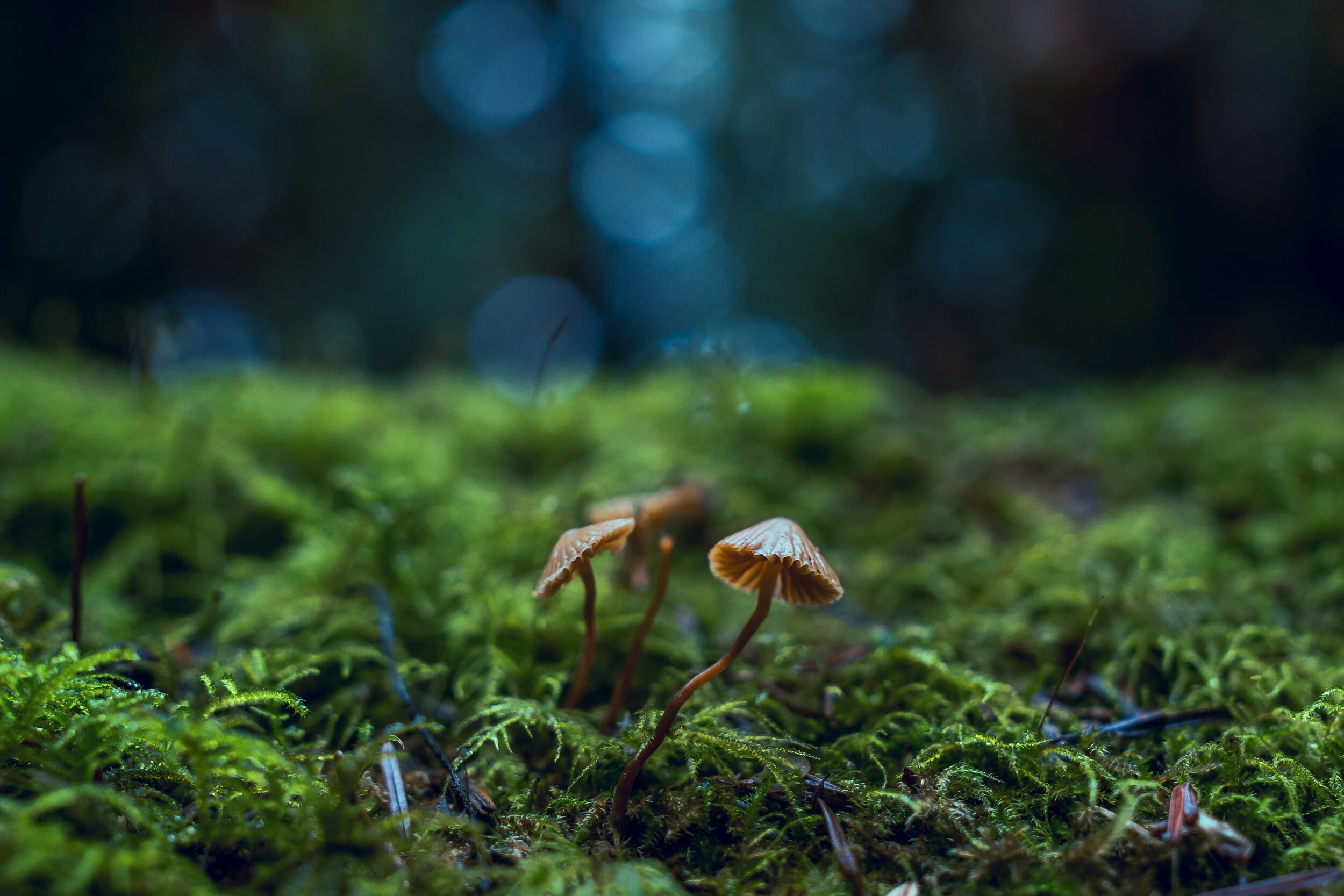
PSYCHOACTIVE MUSHROOMS
Possession of mushrooms containing psilocybin, an illegal psychoactive agent, is a violation of federal law. Most magic mushrooms are in the Psilocybe genus. Eating them causes mind-altering effects including euphoria, hilarity, color and visual distortions, and religious, out‑of‑body and other transcendental experiences. Many claim the magic mushroom experience inspires creativity, especially for those who work in the visual arts. Conversely, some who ingest magic mushrooms—either intentionally or unintentionally—experience anxiety and even panic reactions. These people should be given reassurance and symptomatic treatment. The hallucinogenic Psilocybe mushrooms are commonly found in lawns and gardens in the Pacific Northwest and in the cow pastures of the Southeastern States. (In fact, they were once found growing in the garden of the police station in Seattle.) They are generally not found elsewhere in North America. Psilocybe cubensis is illegally cultivated indoors around the world and sold illegally in the dried state. Even at exorbitant prices they are eagerly sought after for recreational use. The non‑hallucinogenic, dung-loving Psilocybe (Psilocybe coprophilia), a frequent inhabitor of horse manure mulched flower beds, is found even in temperate climates. When fresh, magic mushrooms are readily identified. Characteristically, the flesh of the mushroom stains blue after bruising. The dried mushrooms that are sold on the street, on the other hand, are non‑descript, deformed, often fragmented and almost impossible to identify. The difficulty in identification has enabled street vendors to sell dried supermarket button mushrooms, sometimes laced with LSD, as magic mushrooms. Caveat emptor! (Let the buyer beware!) Weaker hallucinogenic mushroom species are also found in lawns and gardens. The Belted Paneolus (Paneolus subalteatus) grows on manure mulched flower beds. Belted Paneolus is said to be weakly psychoactive and more toxic than magic mushrooms. The Haymower's Mushroom (Panaeolus foenisecii) is common on lawns and is usually considered non‑psychoactive. However, there have been occasional reports of hallucinations in children who have grazed on these mushrooms, suggesting that at least some specimens contain psilocybin.
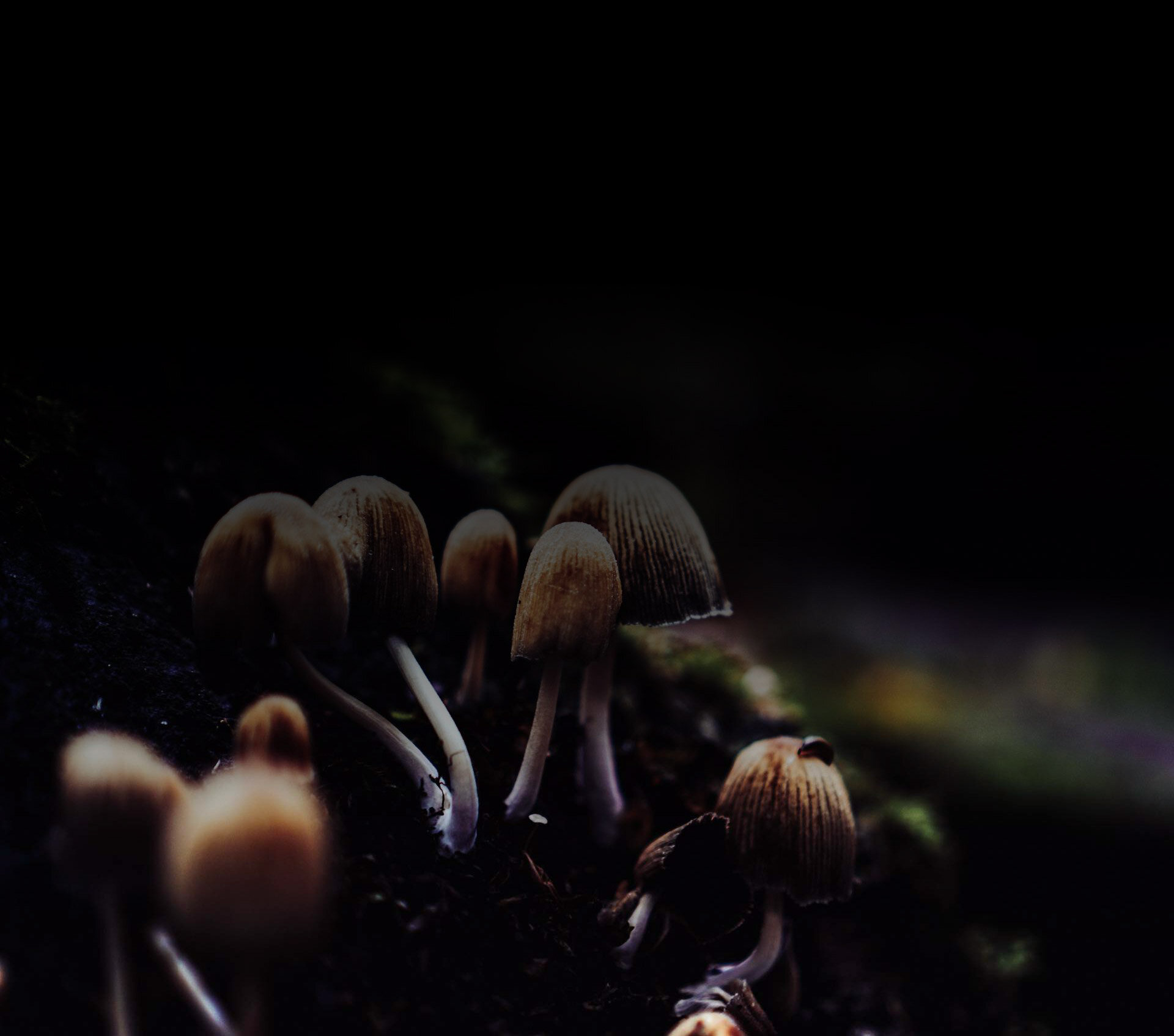
HERE ARE PRECAUTIONS TO TAKE IF YOU EAT WILD MUSHROOMS
• Be absolutely sure of the identity of the mushroom.
• For identification, collect all ages and all parts of the mushroom.
• Save a few intact, uncooked mushrooms in case you get sick.
• Collect fresh specimens for eating.
• Cook all mushrooms thoroughly. (Toxins in several species are destroyed by heating, and cooked mushrooms are more readily digested.)
• Never eat raw mushrooms.
• Eat only one mushroom species at a time.
• Eat only a small amount the first time you try it.
• Take extreme care in identifying white-capped mushrooms.
• Some white-capped mushrooms are deadly.
• For the same reason, be extremely careful with mushrooms with warts, scales, patches, or a • stalk that’s swollen at the base.
• Do not leave the base of the stalk in the ground.
• Deadly Amanita species have a sac-like cup at the base of the stalk.
• Cut all puffballs in half.
• Eat only those that are pure white and undifferentiated inside.
• A deadly Amanita button can look like a puffball on the outside, but it will have the outline of a little mushroom on the inside.
